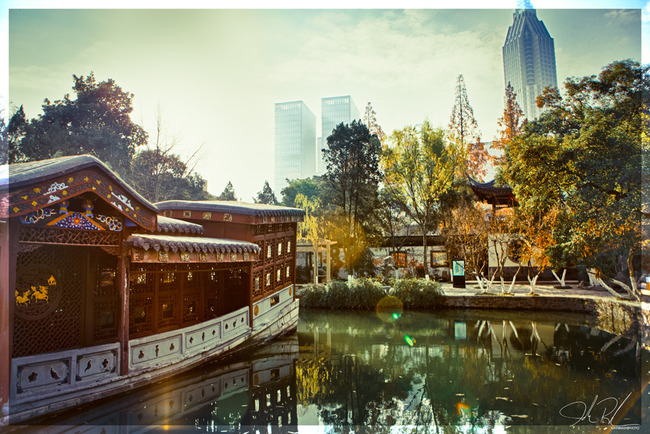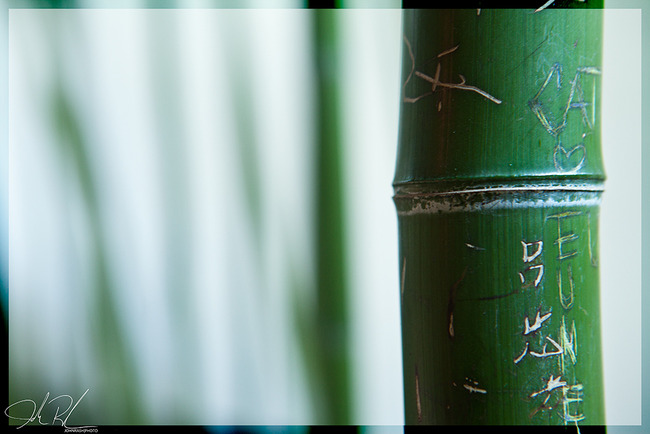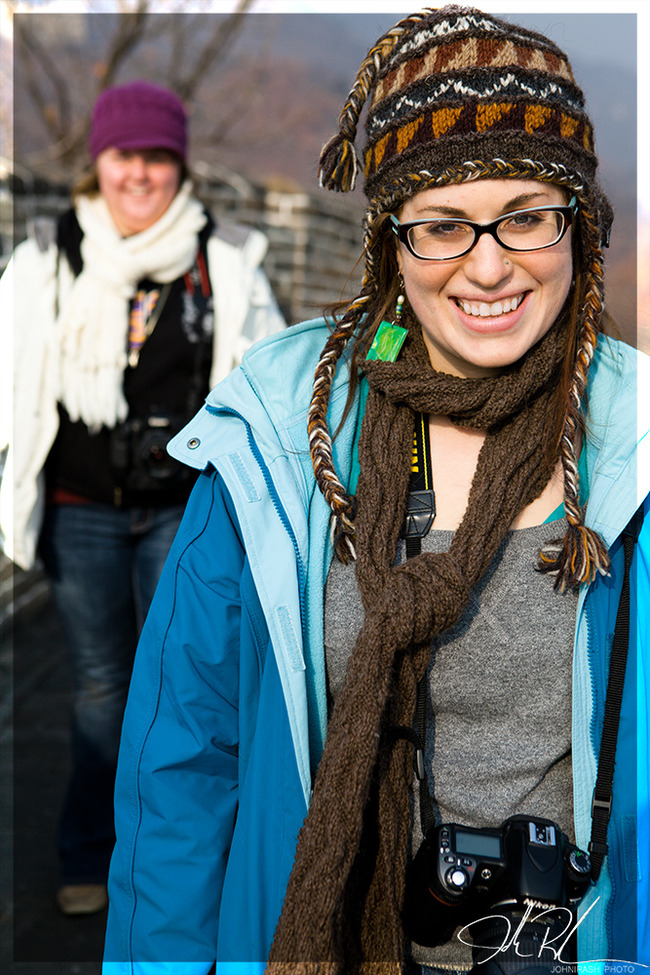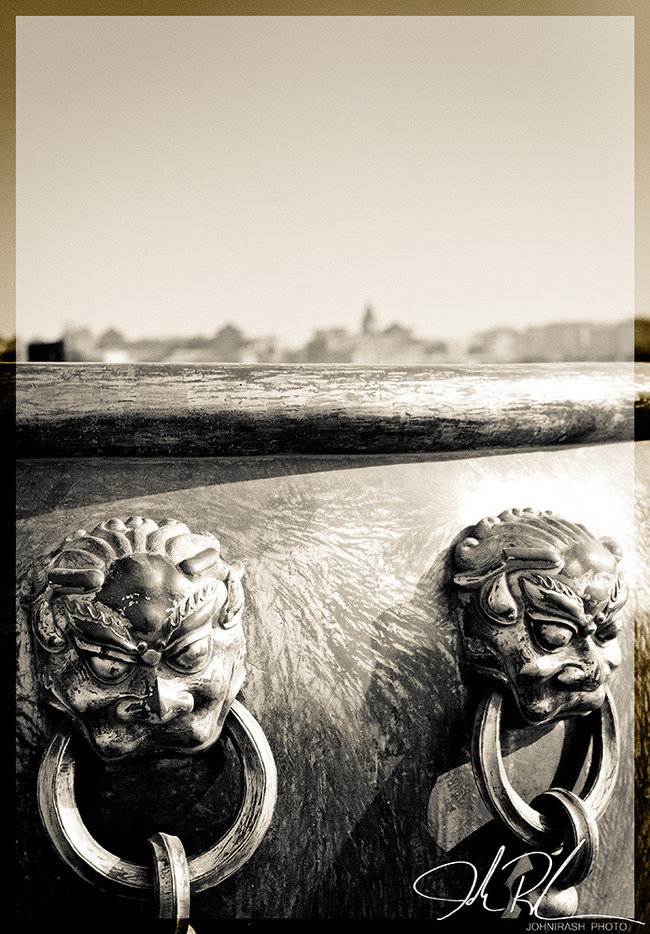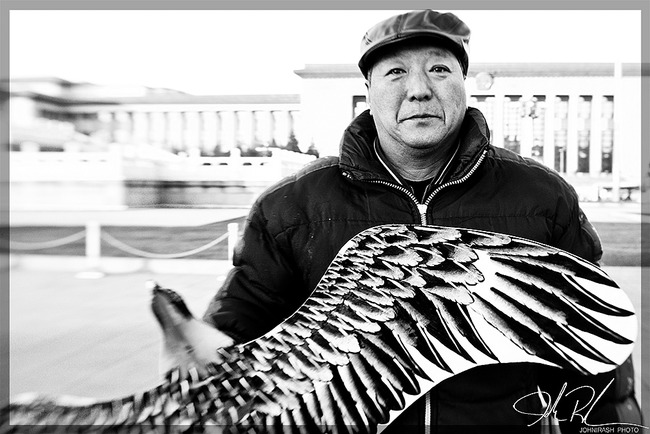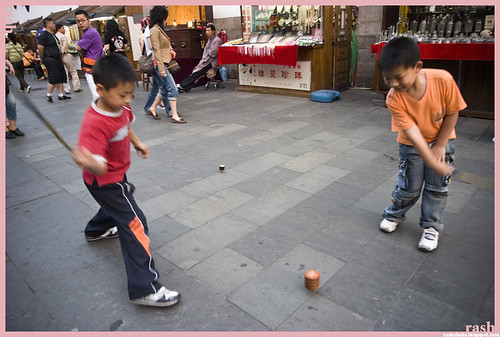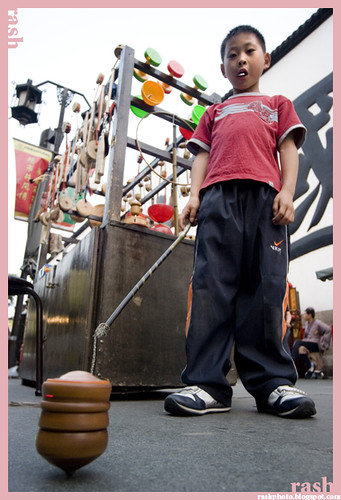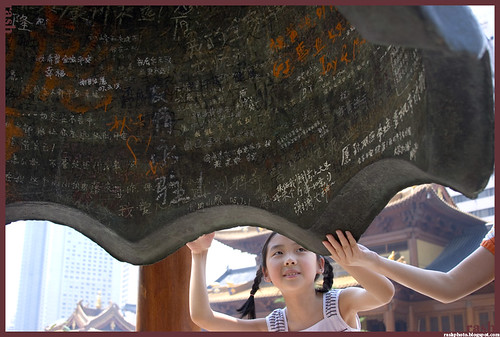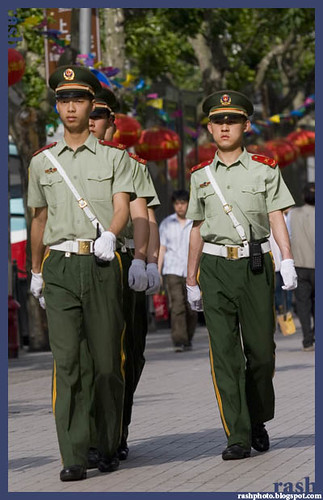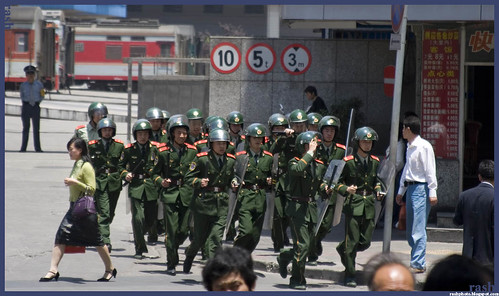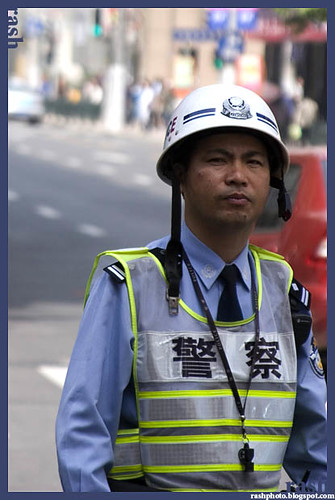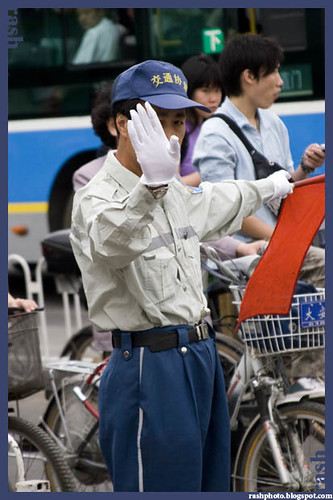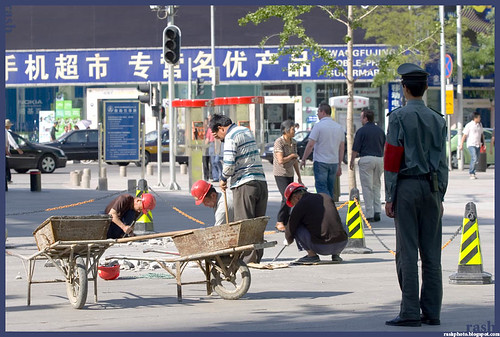Bend in the River
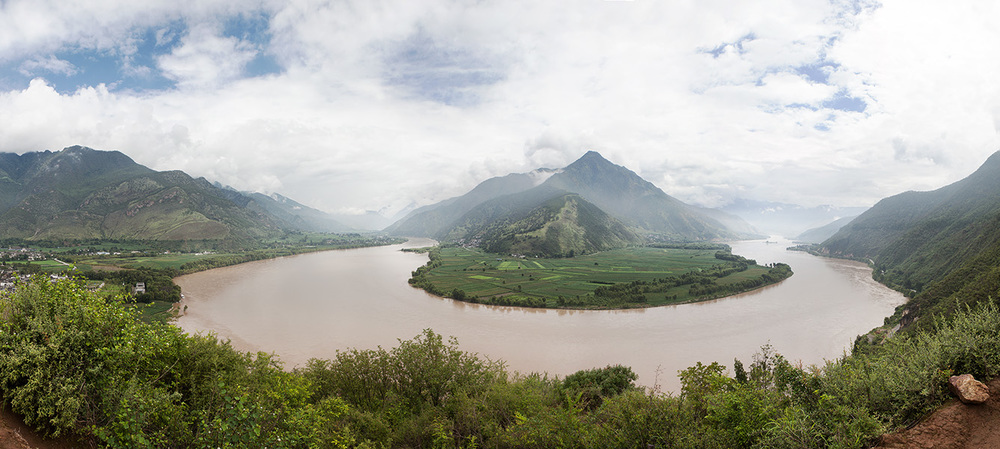 First Bend in the Yangtze River. Shigu County, Lijiang, China. ©2013 John Rash
First Bend in the Yangtze River. Shigu County, Lijiang, China. ©2013 John Rash
Seeing trash floating in the current of the river was never an issue when visiting the banks of the Yangtze in bigger cities. That's not to say there wasn't trash in the river, and along the sides of the river, it just wasn't coasting like so many toy boats heading downstream. Here at the first bend of the Yangtze I anticipated gorgeous scenery, cleaner air, a different face of the river. And in many ways it was. I first could only notice the lack of river barges and shipping vessels. In my visits to Shanghai, Wuhan, Nanjing, and Chongqing the river is but a highway carrying goods to their ultimate domestic or international destination. But here in Lijiang, the river is still a river, albeit a dirty river full of floating trash and pig carcasses. Now I am also in the geographical position to follow the water downstream, all the way back to the mouth in Shanghai. This is the first turn in the river and my furthest destination upstream as I continue to work on photos and a film about life by the Yangtze. This spot represents in many ways everything I have been feeling and thinking about the river over these few weeks. The beauty, the length, and the history are overwhelming yet overshadowed by our abilty to control the river, disregard the river, and to use the river as a channel for industry. Looking down the river I remember a road sign I once saw which read: the road worsens ahead.
Report From the River: Chongqing

Being in the middle of my Yangtze River fieldwork, I have returned to Chongqing where this project began earlier this year. Initially, I thought all things worth filming were directly connected to the water, however I've found the terrace and stair neighborhoods sandwiched between the city center and the edge of the river contain an abundance of life and stories worth exploring. This area of hillside high-rises speak to disappearing Chinese lifestyles and the traditions of the riverside community which are facing pressures of economic development. I have spent a few days walking through this community and intend to spend more time photographing this area over the next few weeks. With the number of buildings in this area already marked with the red “拆” symbol for demolition, or already flatened to the ground, it's easy to imagine a not so distant future completely absent of these vibrant traditional Chongqing communities.
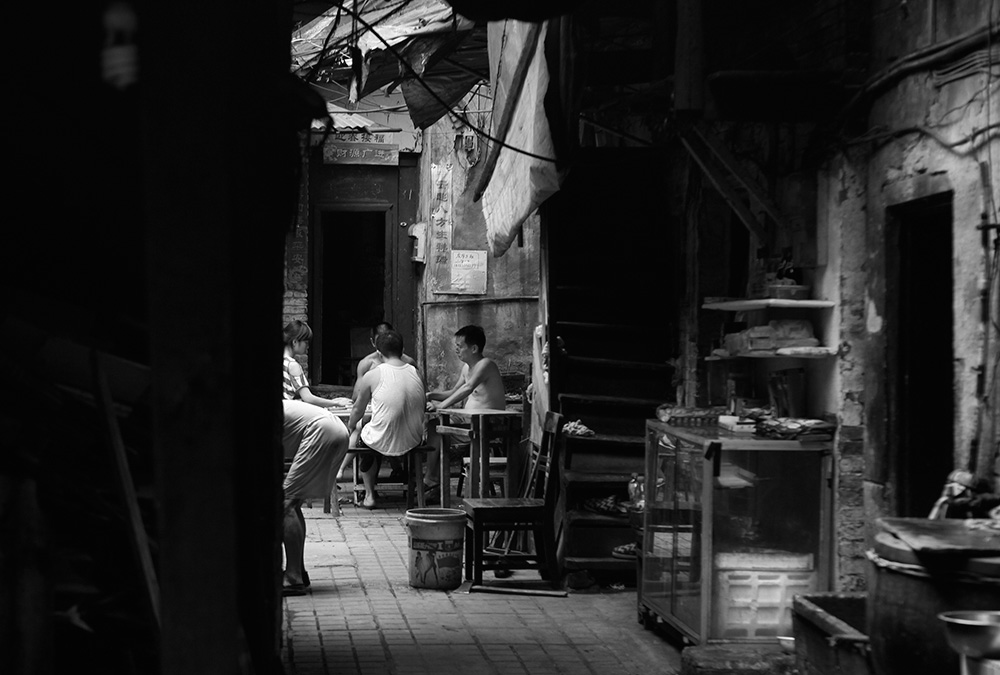
Sinostory 2011: Nanjing
南京
总统府
Nanjing is my home away from home... or more simply put: my hometown in China. I was lucky enough to live in Nanjing from March-August 2010, as a student at Nanjing Normal University studying Mandarain Chinese and Chinese culture. Each time I have returned to China I am drawn back to Nanjing, and each time I return to Nanjing it is an emotional homecoming.
The Nanjing Massacre Museum and Presidential Palace are both fantastic representations of Nanjing's history, and China's relationship with it's own past. Our photo group had but 48 hours to tour this historically rich city, which is barely enouch to scratch the surface.
The photos here were all captured at the Presidential Palace on a chilly December day in 2011.

©2011 John Rash
Sinostory 2011: Beijing
北京

For several years now I have been organizing trips to China for college students who study photography and video production. Each year we visit several cities in a whirlwind 2 week trek across China's eastern seaboard trying to absorb the culture, make new friends, and capture portfolio worthy images. This year's trip began in Beijing, with only a few days in China's massive capitol we only managed to visit a few choice locations before heading south. Here are a few of my best images from our few days in Beijing, with future posts from other cities soon to follow.

FORBIDDEN CITY 故宫:


